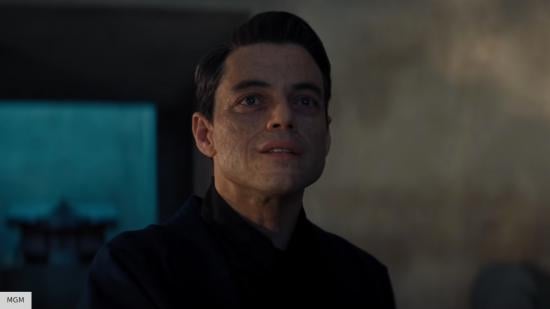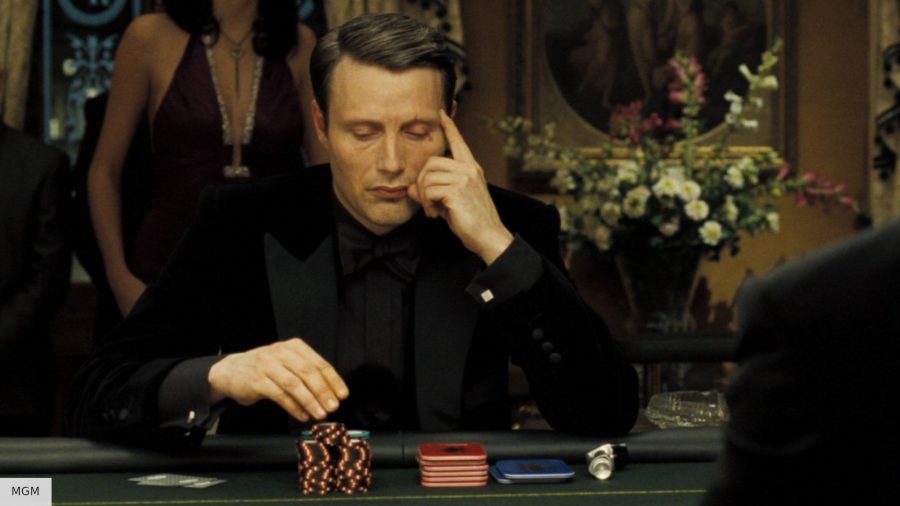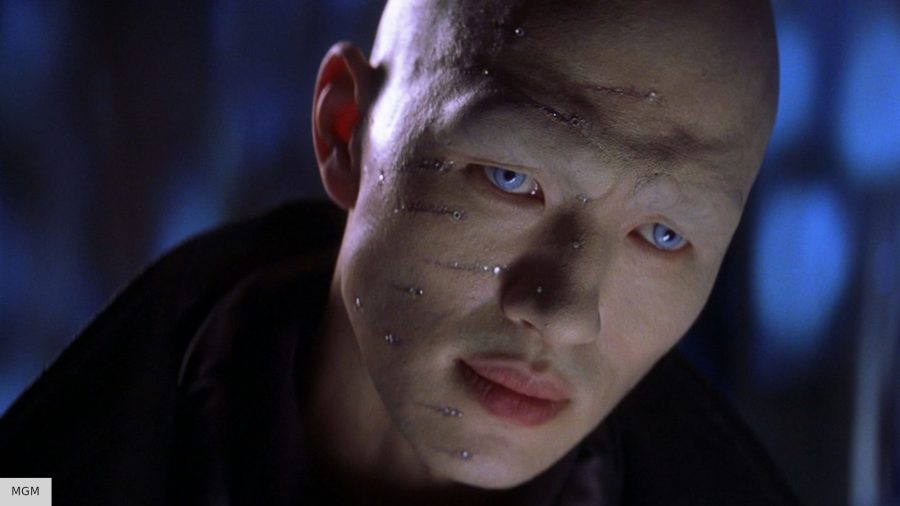When Daniel Craig first stepped into the role of James Bond for 2006’s Casino Royale, it was a new direction for 007. It was much more grounded and violent than previous entries in the spy movie franchise, while also introducing an overarching narrative which spans across its sequels. And they’ve all led up to No Time To Die, as Bond faces the remnants of Spectre, as well as a terrifying new threat.
It’s fair to say that No Time To Die hasn’t exactly had an easy road to the big screen thanks to numerous delays due to the dreaded C-word. But Craig’s final outing as MI6’s best agent is finally here. It’s a gripping globetrotting adventure which pits 007 against Lyutsifer Safin (Rami Malek), who wants to use a deadly new weapon against the world’s population.
Although it’s worthy of (most of) the rave reviews, it isn’t without its issues – and most of them lie with the villain. Lyutsifer Safin is one of the first characters audiences see when the thriller movie kicks off, and he’s a mysterious individual with a murky backstory. Unfortunately, he joins a long list of typical Bond villains with recognisable disabilities and disfigurements. Now, we’re not exactly raising a new issue with this – it’s something that’s been pointed out numerous times, but that clearly suggests that Hollywood isn’t listening.
Of course, many of the older Bond films feature scarred baddies like Blofeld (Donald Pleasance), Alec Trevelyan (Sean Bean), Renard (Robert Carlyle), and Tang Lin Zao (Rick Yune), and they’re all products of their respective eras. But that means the producers have plenty to learn from. The Craig era was a chance to really bring Bond into the 21st century with modern sensibilities, so why does the franchise keep churning out villains with disfigurement and facial scarring? No Time To Die marks the fourth time in Craig’s tenure that an actor wears prosthetic make-up to give them an intense appearance – supposedly signalling that they’re “bad.”
In Casino Royale, Bond duels with Le Chiffre (Mads Mikkelsen), who has haemolacria and bleeds out of his left eye. Skyfall’s Raoul Silva (Javier Bardem) is left with a damaged jaw, rotting teeth, and a drooping eye socket after a botched suicide attempt when M (Judie Dench) and MI6 abandon him at the hands of the Chinese authorities. Blofeld (Christoph Waltz) winds up with a huge facial scar and goes blind in his left eye from the end of 2015’s Spectre. Meanwhile, No Time To Die’s Lyutsifer was scarred as a child due to a nerve agent.
Shaken, not stirred: The best adventure movies
According to the charity Changing Faces, 28% of people with disfigurement have experienced hate crime at some point in their lives, while seven in ten people experience negative behavior (the charity lists this as stares, abuse and bullying) as a result of their image. The charity also launched its own campaign, ‘I Am Not Your Villain’ in an attempt to change how people with scars are depicted on the big screen.
Sure, the tropes used in Bond movies don’t diminish the entertainment value of the franchise, because audiences can look at them as pure fiction and detach it from reality. However, it is lazy storytelling, and in a series as lengthy and renowned as James Bond, filmmakers can (and should) do better.
When speaking to GQ about crafting the villain in 2020, Rami Malek said that Daniel Craig was shocked when he first saw the actor wearing the prosthetics. “I think I met Daniel for the first time with that make-up on and he took a step back from me,” he recalled. “That was already a good sign.” Clearly the aim was always to make a shocking look for the character.
Not just about the movies: The best sci-fi series
It’s worth pointing out that Malek also told GQ: “I think the fact that he can still find a way to appreciate his own evil is something that is quite petrifying and psychologically something that was not easy for me to tap into.” So obviously there’s much more to Lyutsifer in his backstory and his motivations. Surely his violent actions could’ve been enough to cement him as a bad guy, rather than using derivative, lazy signifiers.

The films don’t say that anyone with disfigurement is a villain, but it all comes down to symbolism. Perhaps we like to see our monsters directly for who they are because it’s easier to hate them on screen, meaning we can root for Bond as a clean cut hero, while the villain is a scarred, creepy individual out to ruin the world.
It would be one thing to write a disfigured antagonist in a way that makes them a three-dimensional character, but that isn’t the case. Lyutsifer is paper thin at best, and his motivations in No Time To Die whittle down to wanting to tear the world down because his family was killed when he was a young boy. There’s no exploration into who he is as a person, just that he likes poisonous plants and wants to kill people.
Classic: The best movies of all time
The film doesn’t even have the good grace to at least have a flashback to show us why he’s such a tortured person. He’s not even the only disfigured villain in the story! One of his henchmen, Primo (Dali Benssalah) has a cybernetic eye which pops out mid-fight, much to Bond’s amusement.
A Bond villain with a huge scar on his face is the action movie equivalent of “Florals? For spring? Groundbreaking.” It’s boring and uninspired. No Time To Die proves that there’s much more to be explored in James Bond’s character as well as what makes him tick, and audiences deserve better characters for him to go up against. Let’s hope whoever the next 007 is, they go head-to-head with someone who has a little more depth.
People with disfigurement should be able to have a positive presence on-screen, although there’s a fine line between genuine representation and ticking a box for a studio to feel better about themselves. It would be brilliant to see more characters with disabilities and disfigurements who are fully-fledged characters in their own right, rather than being defined by their conditions. You know, like the real world.
Cinema has always been pure escapism – but who doesn’t want to see themselves represented on the silver screen?


